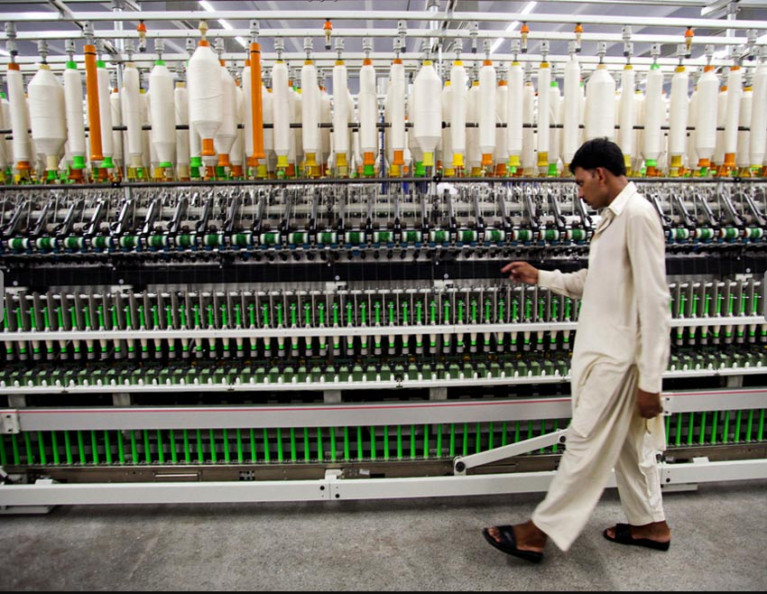Coimbatore: With China, the largest buyer, reducing its cotton purchases sharply, yarn exports declined 8.8% year-on-year (y-o-y) to 1097.4 million kgs (mkgs) in 2017-18. Exports however advanced 2.2% y-o-y in value terms to $3.42 billion during the year.
Yarn exports to China fell 30.7% y-o-y to 315.36 million kgs (mkgs) in 2017-18.
Exports to the neighbour declined 18.3% y-o-y in value terms to $858.8 million in 2017-18. Incidentally, China is the largest importer of cotton yarn with a share of 46.7% in global imports.
Though India still remains the largest exporter of cotton yarn in the world, its share has dropped to around 26% in 2017 from 30% in 2015. “We are losing market share in China because of the increase in supplies from Vietnam,” said Ujwal Lahoti, chairman, The Cotton Textiles Export Promotion Council (TEXPROCIL). While Indian cotton yarn attracts 3.5%-5% import duty in China, supplies from Vietnam do not attract any such tariff. Vietnam’s yarn exports to China, which stood at 287 mkgs in 2013-14, has surged to 718 mkgs in 2017-18. India, which exported 603 mkgs of yarn to China in 2013-14, has now lost the tag of the biggest supplier to the neighbour to Vietnam.
“China is currently importing from India only to bridge the gap in demand that cannot be fulfilled by supply from Chinese domestic spinners and import from Vietnam,” Lahoti said. “Vietnam has no raw material base and largely imports cotton from countries like India, US and China. They are able to compete with Indian spinners due to the zero-tariff advantage,” he explained.
Vietnam has become the second largest cotton yarn exporter in the world with a nearly 20% market share in 2017. “Since labour costs have gone up in China, they are shifting yarn production to Vietnam, which has become a conversion centre (for Chinese cotton),” Lahoti said. The decline in India’s yarn exports to China was to some extent compensated by the increase in exports to Bangladesh, Turkey, Portugal, Pakistan and Egypt.
Though yarn production increased 3.5% between 2013-14 and 2017-18, exports declined 16.3% during the timeframe. The share of exports in total yarn production has come down to 27% in 2017-18 from 33% in 2013-14.
TEXPROCIL has urged the union commerce ministry to get zero duty benefits for Indian cotton yarn by initiating talks through forums such as APTA (Asia-Pacific Trade Agreement) and RCEP (Regional Comprehensive Economic Partnership). “If the tariff is corrected, our exports will get a boost,” Lahoti stated.
Source: timesofindia.indiatimes.com

